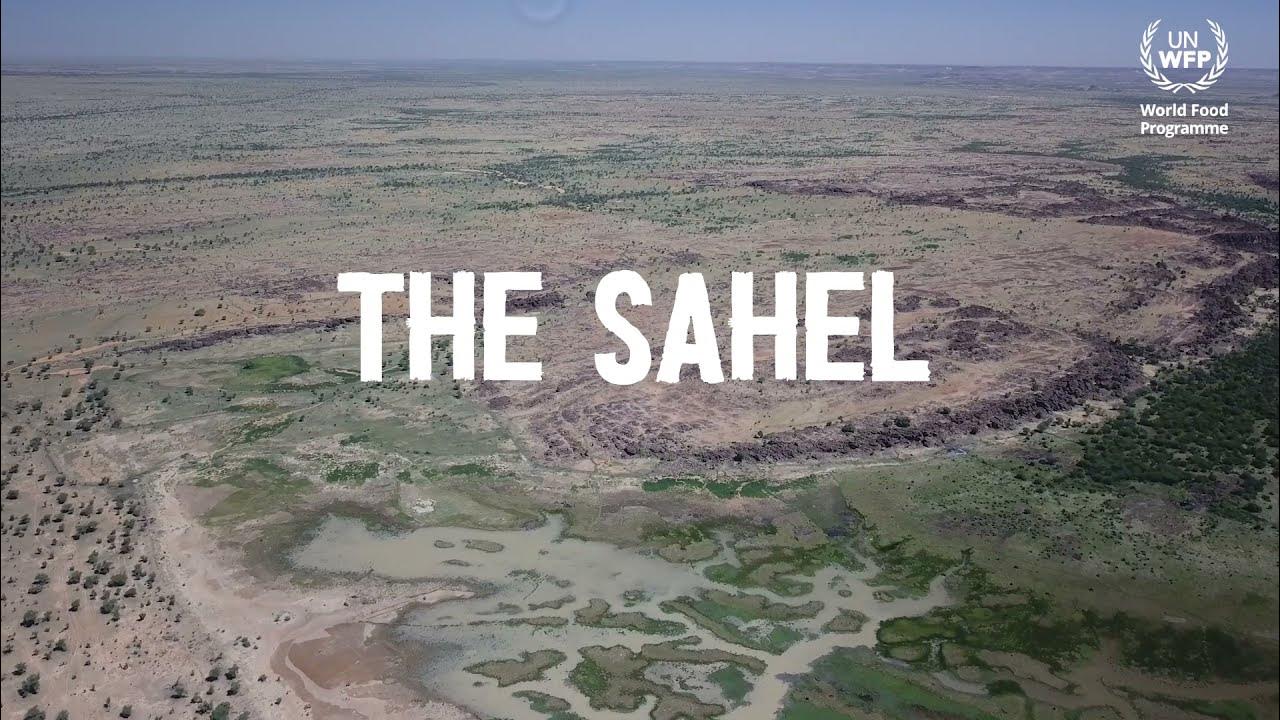Stone Lines
Summary
TLDRDuring the 1970s droughts in the Sahel, traditional farming practices were adapted to combat land degradation. A simple water-harvesting method using contour stone lines was promoted, particularly in Burkina Faso, to slow water runoff and reduce erosion. Farmers learned to construct these lines, which improved crop yields and revitalized degraded land. This low-cost, easy-to-learn technology spread across the region, restoring vast areas of land. Two decades later, the transformation is evident, with farmers reporting increased production and resilience to drought. The stone lines have become a cornerstone of sustainable agriculture in the Sahel.
Takeaways
- 🌾 The 1970s Sahel droughts caused severe land degradation and forced migration, as rainwater runoff carried away valuable nutrients.
- 💡 Farmers utilized traditional techniques of arranging surface stones in lines to slow down water runoff and preserve soil fertility.
- 🌍 Development agencies promoted and improved this simple, low-cost water harvesting system, helping to restore land productivity.
- 🏞️ Contour stone lines, 25-30 cm in height, acted as barriers that reduced erosion and captured sediment, improving water availability for crops.
- 👩🌾 Farmers were trained to use basic tools, such as a water tube level, to lay out contour lines and construct stone barriers effectively.
- 🌱 In areas with limited stones, the effectiveness of stone lines was enhanced by planting grass along the barrier for added support.
- 🤝 Collective efforts by villagers helped rehabilitate degraded land, with stone line construction peaking in the 1980s and 1990s.
- 🌍 The technique spread beyond Burkina Faso to Mali, Niger, and other parts of the Sahel through farmer exchange visits and shared knowledge.
- 🌿 This low-cost, simple technology has transformed barren landscapes into productive land, with enduring benefits for local farmers.
- 👨🌾 Over 20 years later, farmers like Bruno have reported sustained increases in crop yields, thanks to the long-lasting impact of stone lines.
Q & A
What challenges did farmers in the Sahel face during the 1970s droughts?
-Farmers faced land degradation, hardship, and migration due to lack of water and the inability to grow crops. Even when it rained, the runoff caused nutrient loss from the soil, worsening conditions.
What opportunity did the abundant surface stones in the Sahel provide?
-The surface stones could be arranged in lines across the contour of the land to slow down and spread water flow, helping reduce erosion and allowing rich sediments to deposit behind the stones.
How did development agencies support the farmers' traditional water harvesting techniques?
-Development agencies promoted and improved the traditional practice by teaching farmers to construct contour stone lines, using a model and a watering can to demonstrate how the system worked.
What is the function of a contour stone line, and how is it constructed?
-A contour stone line is a semi-permeable barrier about 25-30 cm high, which slows down runoff water and allows sediment to accumulate, reducing erosion and increasing water retention for crops. It is built by placing large stones in a foundation trench along the contour, followed by smaller stones.
How was the construction of stone lines expanded to areas with insufficient stones?
-In areas with insufficient stones, farmers planted rapport gan grass alongside the stone lines to increase the effectiveness of the barriers.
How did the stone line technique spread beyond Burkina Faso?
-The technique spread to neighboring countries like Mali and Niger, and even further into the Sahel, through farmer exchange visits and training programs.
What additional techniques were combined with stone lines to improve land productivity?
-Stone lines were combined with planting pits (zai or tassa) that help retain water around plants, homemade compost or microdoses of fertilizer to improve yields, and farmer-managed agroforestry systems to further enhance productivity.
How have the first stone lines performed over the years?
-The first stone lines have performed remarkably well over the years, requiring minimal maintenance and resulting in sustained improvements in soil fertility, crop yields, and vegetation growth.
What was the impact of stone lines on individual farmers, such as Bruno Cuckoo Antigua?
-Bruno Cuckoo Antigua saw significant benefits from the stone lines, with increased sorghum harvests in the fields where the lines were built, improving his food security and livelihood over the past 20 years.
How has Burkina Faso's central plateau been transformed by these conservation efforts?
-Around one-third of a million hectares of land have been reclaimed on Burkina Faso's central plateau through farmers' efforts to construct stone lines, restoring degraded land and increasing agricultural productivity.
Outlines

このセクションは有料ユーザー限定です。 アクセスするには、アップグレードをお願いします。
今すぐアップグレードMindmap

このセクションは有料ユーザー限定です。 アクセスするには、アップグレードをお願いします。
今すぐアップグレードKeywords

このセクションは有料ユーザー限定です。 アクセスするには、アップグレードをお願いします。
今すぐアップグレードHighlights

このセクションは有料ユーザー限定です。 アクセスするには、アップグレードをお願いします。
今すぐアップグレードTranscripts

このセクションは有料ユーザー限定です。 アクセスするには、アップグレードをお願いします。
今すぐアップグレード関連動画をさらに表示

DOKUMENTER LAHAN SEJUTA HARAPAN

Sustainable Development Goal 15 - Life on Land - Tracey Rogers

Regreening the Sahel

SZELÍDVÍZORSZÁG - TELJES FILM

CONCURSO CORREIOS 2024 | CONHECIMENTOS GERAIS | ATIVIDADES ECONÔMICAS

Two-Eyed Seeing: Science and Traditional Ecological Knowledge | California Academy of Sciences
5.0 / 5 (0 votes)
